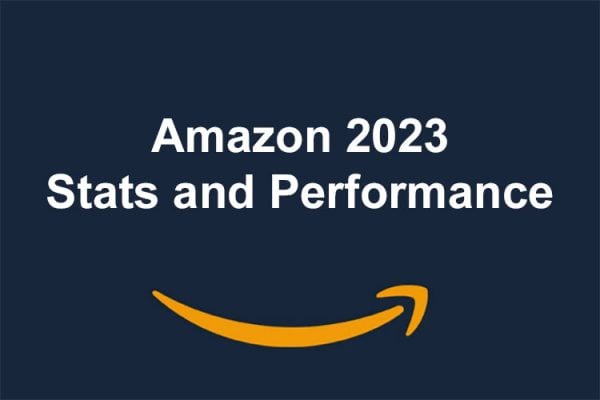A new Which? report is out which reveals multiple ways dodgy Amazon merchants are using to generate fake reviews which Amazon don’t spot and remove. Top of the list is duplicate (usually meaningless) Amazon variations.
The report details a number of ways fake reviews are being generated or legitimate reviews are being nefariously re-purposed.
Amazon Variations
Which? have found products with hundreds of Amazon variations have been used to create large numbers of positive reviews. Often these variations are meaningless colour variations (e.g. Black 101, Black 102, Black 103…) and, apart from being confusing to the consumer, are actually exactly the same product. However, by having multiple Amazon variations for a product, review can be left for each variation to push the parent listing up the Amazon rankings.
Other tricks are to group totally different products under the same listing when there is no colour, size or other legitimate reason for treating them as the same product – this is especially prevalent in clothing.
“If multiple people review the same product in a short space of time, that can flag a warning. A pop-up appears from Amazon saying you can no longer review the product” but “When you use different variations, each is using a different ASIN so Amazon won’t flag a warning. It’s wrong, but quite clever in a way.”
– Prabhat Shah, Founder, Online Seller UK
There is another side effect of duplicate Amazon variations – if you’re competing with Amazon for the Buy Box, you can benefit from genuine Amazon reviews but some buyers will pick your dodgy title variation and you’ll get the sale!
Reusing or merging old products
Some merchants are reusing old Amazon products and either simply editing the listing into a new product or merging multiple old products into a single new listing. The net effect of this is that you’ll find totally unrelated products reviewed but they still count for the new product.
Facebook ‘review’ groups
Dodgy merchants are quite happy to promise payment for leaving a review, or sometimes a free product. Which? say that they have discovered a Facebook community of 10s of 1,000s of incentivised reviewers, posting hundreds of products per hour.
Hacked Amazon Accounts
When an Amazon account is hacked, it’s not always used to try and obtain free products or to sell non-existent products. Sometimes they will be used to leave 1,000s of reviews.
Effect on search results
Which? say that listings with high number of suspicious reviews, whether it be through product variations or other underhand methods, are surfing their way to the top of Amazon search results. They ask why Amazon aren’t able to prevent products with suspicious review patterns climbing to the top of the results and warn consumers to be wary.











4 Responses
The abuse of the Amazon feedback system is now so obvious and widespread that I can’t understand why something isn’t done; unless Amazon want to push people away from selecting the “Average Customer Review” display option. An opportunity for a rival is opening up , one that does’t have a deeply compromised review system.
The issue with clothing is that by its nature it is seasonal. Unfortunately this doesn’t really fit the Amazon model that well. Fashion sellers don’t like having to list new seasons product from scratch on a new listing, because by the time it’s gotten a few reviews and some half-decent ranking, the season is over. It can be difficult to get that sales velocity going.
So lots of fashion sellers tend to put a new seasons styles onto an existing listing, to benefit from existing reviews and the immediate visibility and higher ranking that brings.
Is this really misleading buyers? If the brand is the same and the style isn’t too removed from the previous seasons product and the quality of garment is consistent with previous seasons offerings then I don’t think it is. Sellers are just getting products buyers might actually want in front of them, instead of buried in a very saturated marketplace. A review for a Spring/Summer 18 polo-shirt from brand ‘X’ has value for a buyer assessing whether to buy the Spring/Summer 19 offering.
If Amazon offered fashion brands more options to cross promote listings so new listings can benefit from the ranking and sales history of previous seasons listings, then this wouldn’t happen.
This kind of practice should be Illegal Thats BS! That hurts other sellers who do things the right way. For ranking! That’s unacceptable. You can bet that its not just Amazon, because they pretty much sell on other platforms. Deceiving practice for a gain. They or “The culprits” need to be booted off. Unless that’s how Amazon is or just doesn’t care. I know another platform just as sleazy. They need a wake-up call!
I have reported such abuses and the Amszon agent on phone tried his best to justify it.
Ive l been a seller on Amazon for years but ill be shutting shop soon. Some of my best selling items have had their listings completely changed to a point where its not even the same item. I know that some of Amazons staff get paid to turn a blind eye by larger sellers. I wont be using them again as a customer.